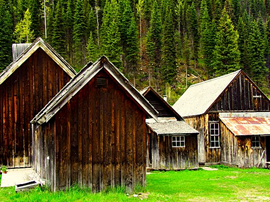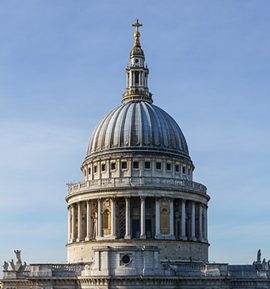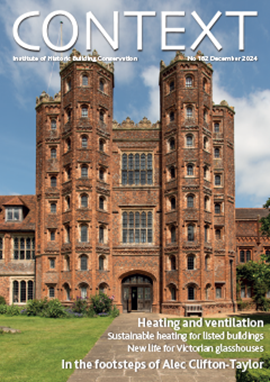Steel structure introduction
Contents |
[edit] What is a steel structure?
A steel structure is a metal structure which is made of structural steel components connected to each other to carry loads and provide rigidity. Because of the high strength of steel, these structures are reliable and require less raw material than some other types of structure such as concrete.
In modern construction, steel structures are used for almost every type of structure including heavy industrial building, high-rise building, equipment support systems, infrastructure, bridges, towers, heavy industrial plant, etc.
Structural steel is fabricated with a specific shape and chemical composition to suit a project’s specifications.
Depending on each project’s specifications, the steel sections might have various shapes, sizes and gauges made by hot or cold rolling, others are made by welding together flat or bent plates. Common shapes include the I-beam, HSS, channels, angles and platea.
[edit] Technical parameters
| Dimension | Length x width x Eave height, roof slope |
| Type |
Single slope, double slope, muti-slope; |
| Foundation | Concrete and steel foundation bolts |
| Column and beam | Hot rolled or welded H steel Q355, all bolts connection, straight cross-section or Variable cross-section |
| Bracing | X or V or other type bracing made from angle steel or steel bar |
[edit] Main structural types
- Frame structures: Beams and columns
- Grids structures: latticed structure or dome
- Prestressed structures
- Truss structures: H section or SHS/CHS section chord truss
- Arch structure
- Bridge structures
[edit] Advantages
1. Cost savings: Steel structure is the cost leader for most projects in materials and design. It can be relatively inexpensive to manufacture and erect, requires less maintenance than other traditional building methods.
2. Creativity: Steel has a natural beauty. Steel allows for long column-free spans and natural light in any shape of structure.
3. Control and management: Steel structure is fabricated at the factory and rapidly erected on site by skilled personnel in a safe construction process. Industry surveys consistently demonstrate that steel structures can be the optimal solution.
4. Durability: It can withstand extreme forces or harsh weather conditions, such as strong winds, earthquakes, hurricanes and heavy snow. It is also unreceptive to rust and, unlike timber frames, is not affected by termites, bugs, mildew, mold and fungi.
For more information see: Steel.
[edit] Related articles on Designing Buildings
- Compound steel sections
- Concrete vs. steel.
- Concrete-steel composite structures
- Galvanised steel.
- Passive and reactive fire protection to structural steel (IP 6 12).
- Procuring steel in major projects
- Rust.
- Specifying steel lintels.
- Stainless steel.
- Steel and Concrete – Frank Lloyd Wright and 3 of his Iconic Buildings.
- Steel construction floor vibration.
- Steel Council.
- Steel frame.
- Steel framed rooflights.
- Steel reinforcement.
- Steel-concrete composite structures.
- Structural steel.
- The use of stainless steel in civil engineering.
- Types of steel.
- Weathering steel.
- What is causing the rise in steel prices?
IHBC NewsBlog
SAVE celebrates 50 years of campaigning 1975-2025
SAVE Britain’s Heritage has announced events across the country to celebrate bringing new life to remarkable buildings.
IHBC Annual School 2025 - Shrewsbury 12-14 June
Themed Heritage in Context – Value: Plan: Change, join in-person or online.
200th Anniversary Celebration of the Modern Railway Planned
The Stockton & Darlington Railway opened on September 27, 1825.
Competence Framework Launched for Sustainability in the Built Environment
The Construction Industry Council (CIC) and the Edge have jointly published the framework.
Historic England Launches Wellbeing Strategy for Heritage
Whether through visiting, volunteering, learning or creative practice, engaging with heritage can strengthen confidence, resilience, hope and social connections.
National Trust for Canada’s Review of 2024
Great Saves & Worst Losses Highlighted
IHBC's SelfStarter Website Undergoes Refresh
New updates and resources for emerging conservation professionals.
‘Behind the Scenes’ podcast on St. Pauls Cathedral Published
Experience the inside track on one of the world’s best known places of worship and visitor attractions.
National Audit Office (NAO) says Government building maintenance backlog is at least £49 billion
The public spending watchdog will need to consider the best way to manage its assets to bring property condition to a satisfactory level.
IHBC Publishes C182 focused on Heating and Ventilation
The latest issue of Context explores sustainable heating for listed buildings and more.















